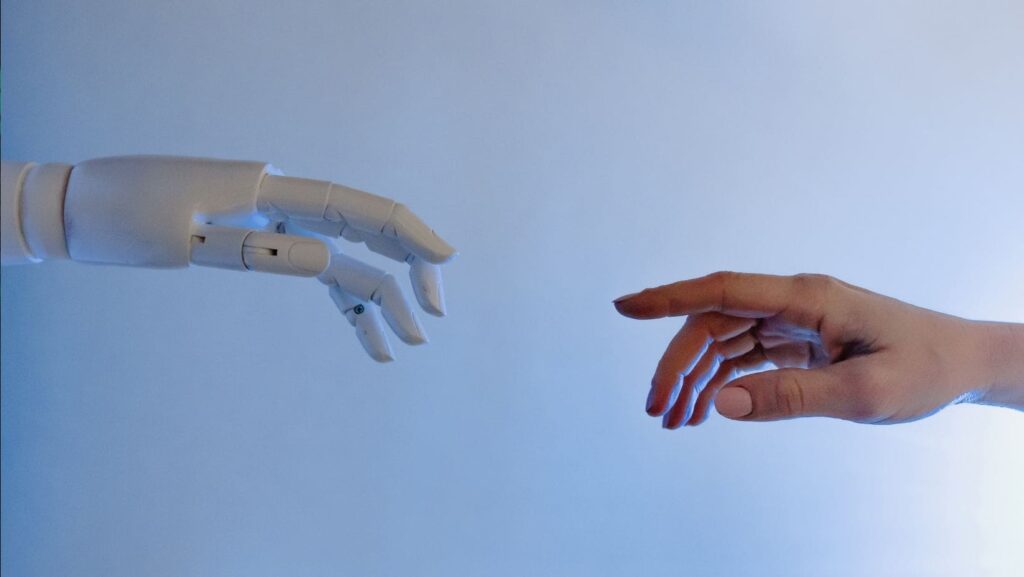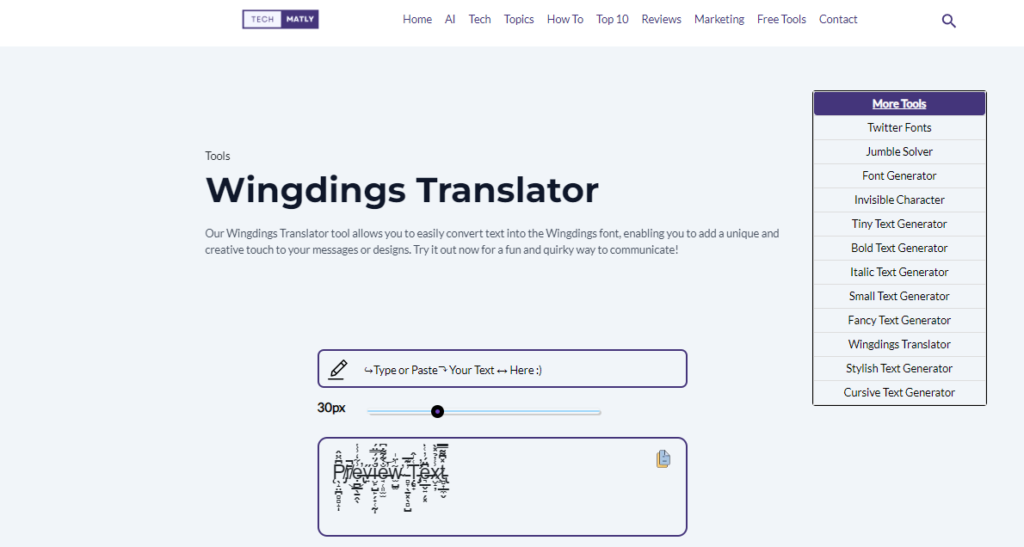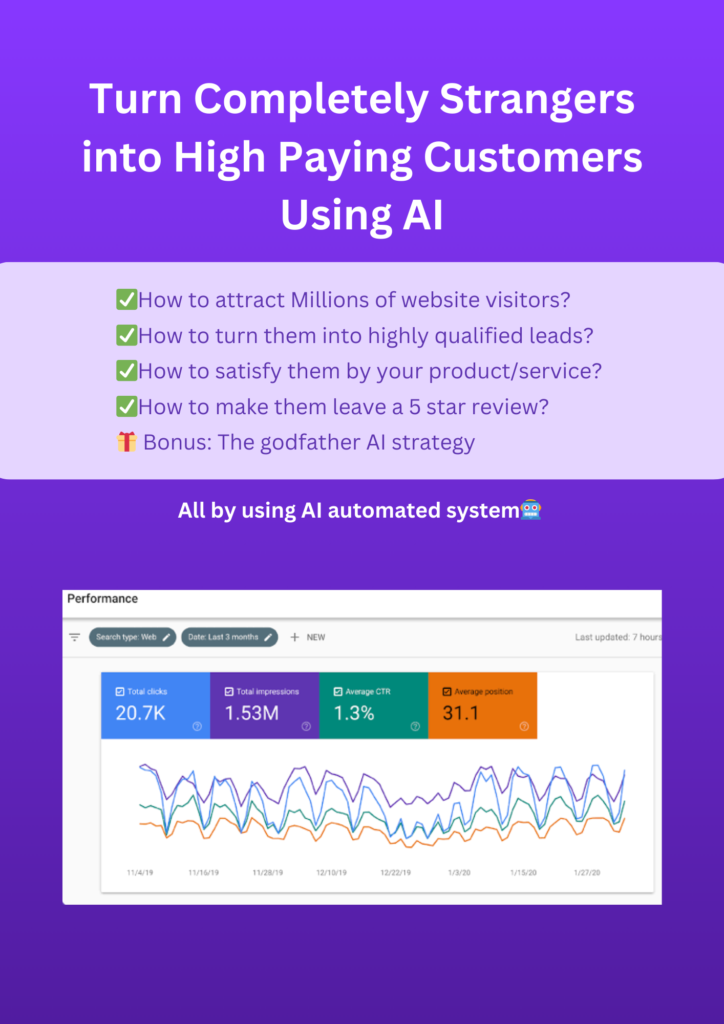Introduction

In the digital world, communication often transcends traditional alphanumeric characters. One such unconventional script is Wingdings, a font consisting entirely of symbols and icons. While intriguing, Wingdings is not readable by default, making its translation a curious endeavor. This article explores the Wingdings translator, its relevance, and how AI has enhanced our ability to decode and understand this unique form of text.
What is Wingdings?
Wingdings is a symbolic font created by Microsoft in 1990. Unlike standard fonts that use letters and numbers, Wingdings replaces these with a variety of icons and pictograms. The font includes a mix of geometric shapes, symbols, and graphical representations, making it a popular choice for decorative purposes and playful text manipulation.
Historical Context
Wingdings emerged during a time when desktop publishing was becoming more accessible. It offered a creative way to include icons in documents without needing separate graphic files. Despite its novelty, Wingdings also sparked interest and confusion as people attempted to interpret its symbolic language.
The Need for Wingdings Translators
The primary challenge with Wingdings is its lack of direct readability. Unlike traditional fonts, where each character has a defined meaning, Wingdings requires interpretation. This need has given rise to Wingdings translators—tools that convert Wingdings symbols back into readable text.
Applications
Design and Typography: Designers often use Wingdings for creative projects. Translators help them ensure that the symbols convey the intended message.
Decoding Messages: Occasionally, Wingdings might be used in puzzles or cryptic messages. Translators assist in deciphering these.
Historical Documents: Old documents or files might use Wingdings, requiring translation to understand their content.
How Does a Wingdings Translator Work?
A Wingdings translator typically functions by mapping each Wingdings symbol to its corresponding alphanumeric character. Here’s a simplified explanation of the process:
- Input: The user enters the text encoded in Wingdings.
- Mapping: The translator uses a predefined table to map each Wingdings symbol to its corresponding character
- Output: The translated text is displayed in a readable format.
Role of AI in Wingdings Translation
AI has significantly enhanced the efficiency and accuracy of Wingdings translators. By leveraging machine learning algorithms, AI can improve the mapping process and even predict symbols based on context. Here’s how AI contributes:
Pattern Recognition: AI can recognize patterns in Wingdings usage, making it easier to translate complex combinations of symbols.
Contextual Understanding: Advanced AI models can understand the context in which Wingdings symbols are used, providing more accurate translations.
Continuous Learning: AI-driven translators can learn from user input, improving over time as they process more data.
Popular Wingdings Translators
Several online tools and applications offer Wingdings translation services. Here are a few notable ones:
Online Wingdings Translator by Lingojam
Lingojam provides a straightforward Wingdings translator that allows users to enter Wingdings text and receive an immediate translation. It’s user-friendly and widely used for quick conversions.
Wingdings Translator by TechMatly

TechMatly is another great option to convert your simple text into Wingding! Type or paste your text into the input box, and this wingdings translator tool instantly converts simple text into the Wingding font. It’s like having your handy quirky tool. Try it now!
Online Decoder by TextMechanic
TextMechanic’s Wingdings translator is part of a suite of text manipulation tools. It’s robust and reliable, catering to both casual and professional users.
Also Read: 7 Best AI Story Generators to Boost Your Productivity!
The Future of Wingdings Translation with AI
The integration of AI in Wingdings translation is still evolving. Future advancements could bring more sophisticated tools that not only translate Wingdings but also provide insights into the usage patterns and historical significance of this unique font. Here are some potential developments:
Enhanced User Interfaces
AI-driven translators could feature more intuitive interfaces, allowing users to interact with Wingdings text dynamically. Real-time translation and interactive editing could become standard features.
Multi-Language Support
Future translators might support multiple languages, making Wingdings accessible to a global audience. AI can help bridge language barriers by providing accurate translations across different languages.
Integration with Design Software
AI-powered Wingdings translators could be integrated into custom art design software, offering real-time translation and suggestions as designers work with symbolic fonts.
Conclusion
Wingdings, with its rich history and unique symbolism, continues to intrigue and challenge us. The development of Wingdings translators has made it possible to decode and understand this symbolic font, and the integration of AI has further enhanced these tools’ capabilities. As AI technology advances, we can expect even more sophisticated and user-friendly Wingdings translators, opening new avenues for creativity and communication in the digital age.
Related Articles
Can Honorlock Detect Phones? (On Wifi, Airplane, LTE)
Can Honorlock Detect Screen Mirroring? (Or HDMI Splitter)
Does Proctorio Tell You When You’re Flagged?
Can Brightspace(D2L) Detect AI, ChatGPT or QuillBot?
Can Blackboard Detect AI? – Let’s Explore Now!
Can Blackboard Detect Copy & Paste?
Can Canvas Detect Split Screen? Latest Guide 2024!


1 thought on “Wingdings Translator: Decoding Symbolic Text with AI”
I have read some excellent stuff here Definitely value bookmarking for revisiting I wonder how much effort you put to make the sort of excellent informative website